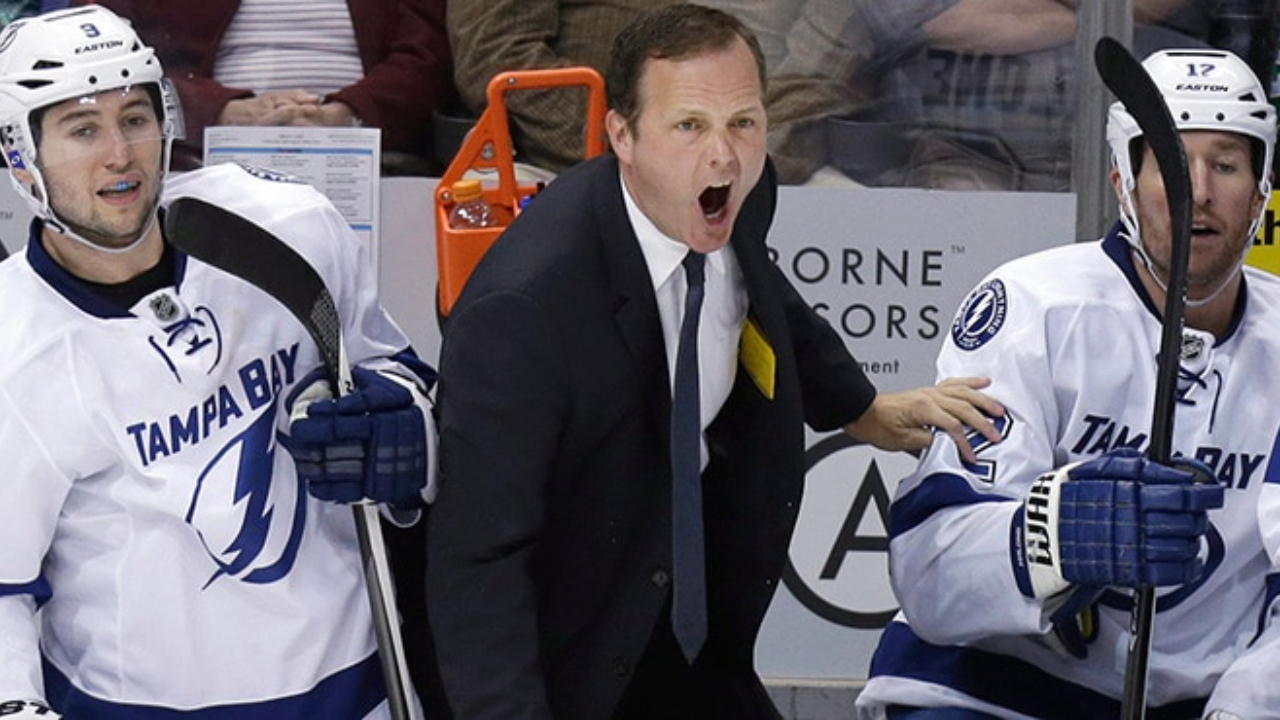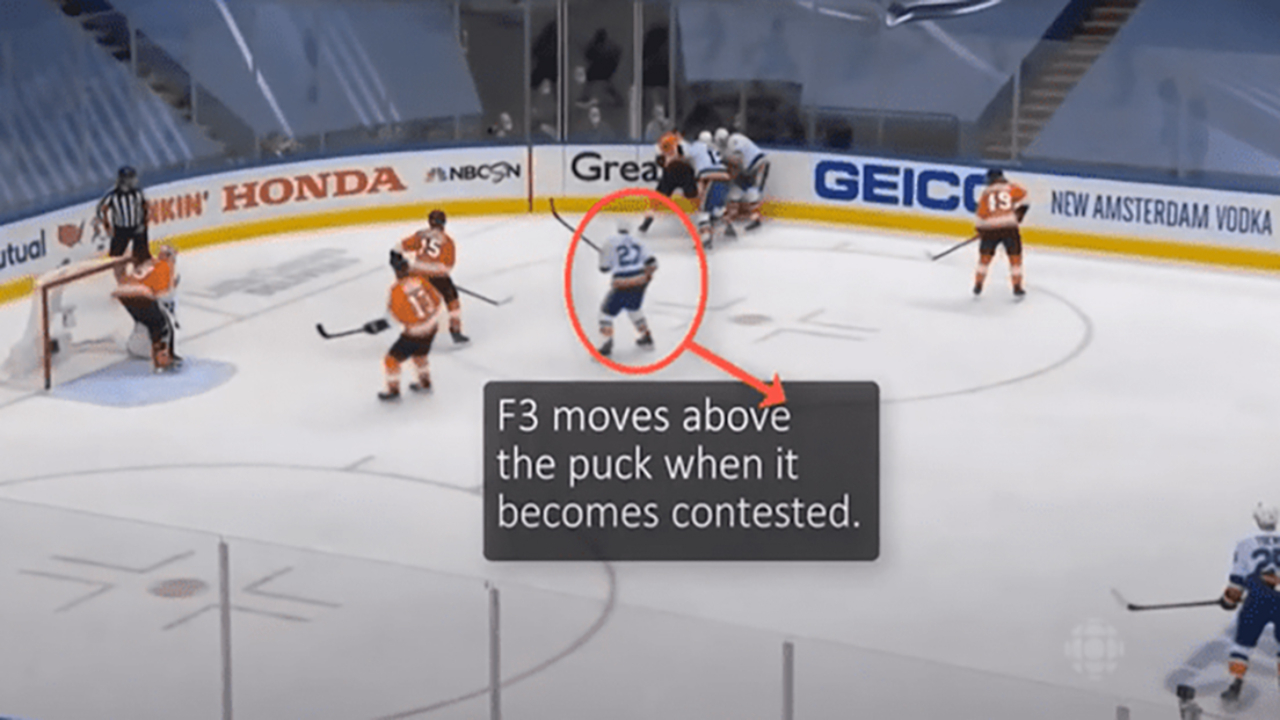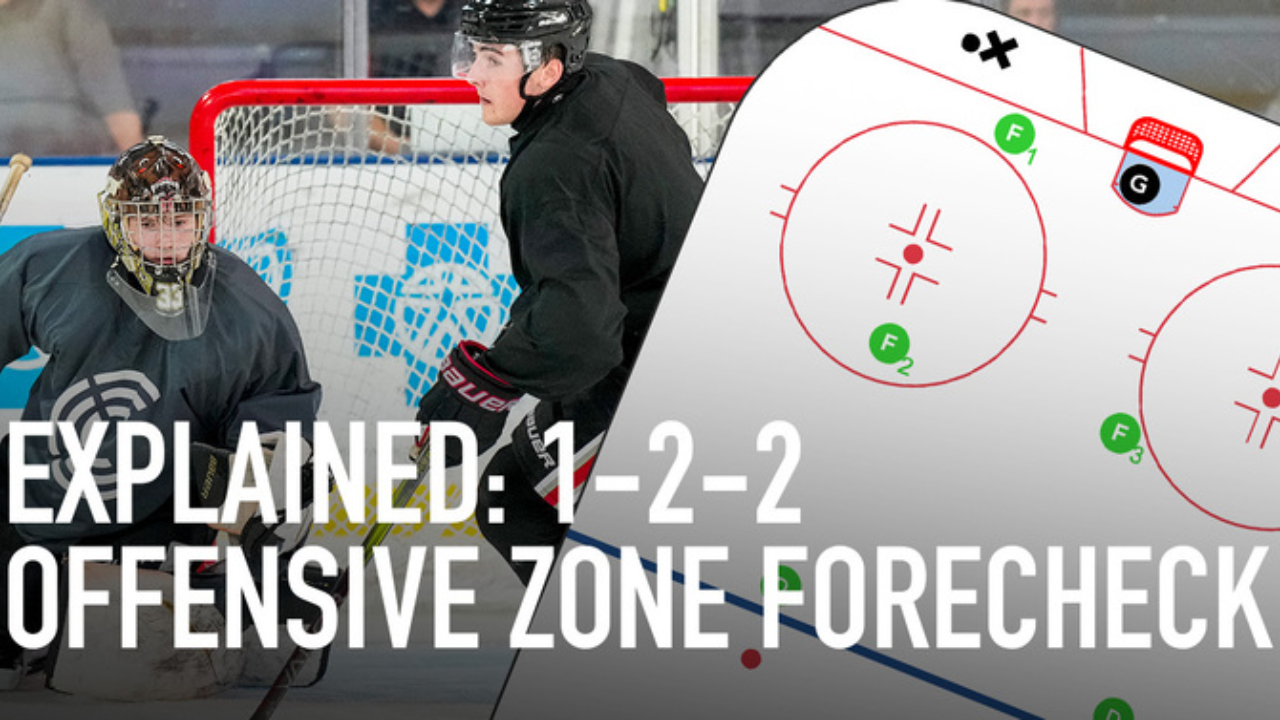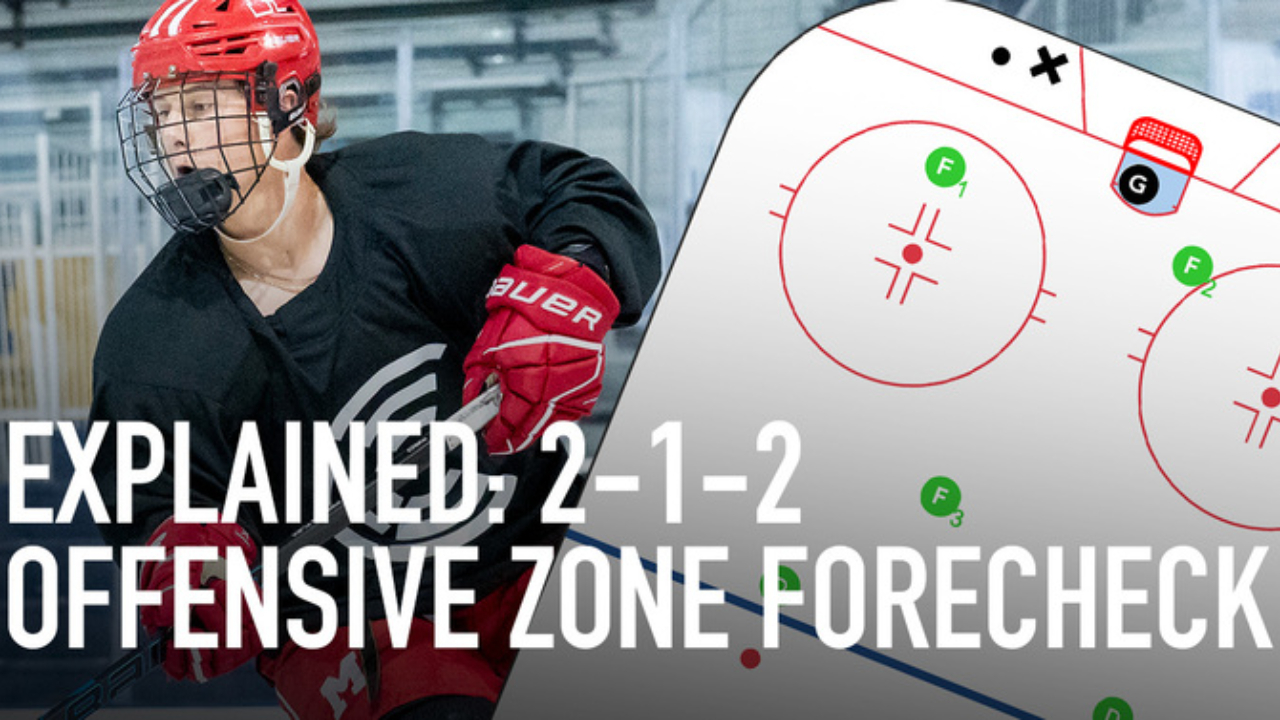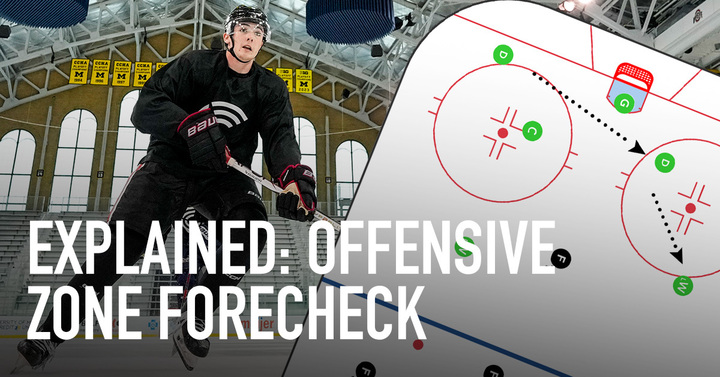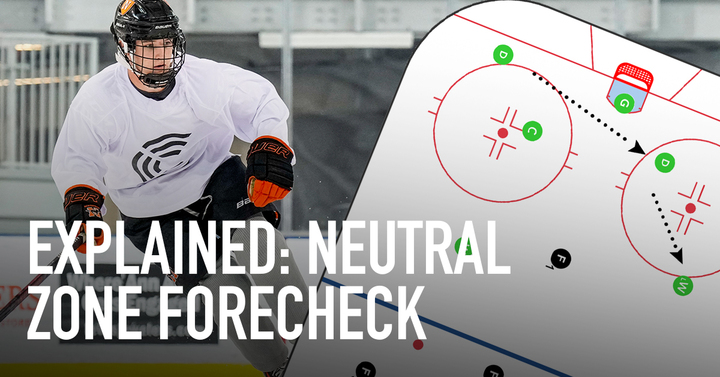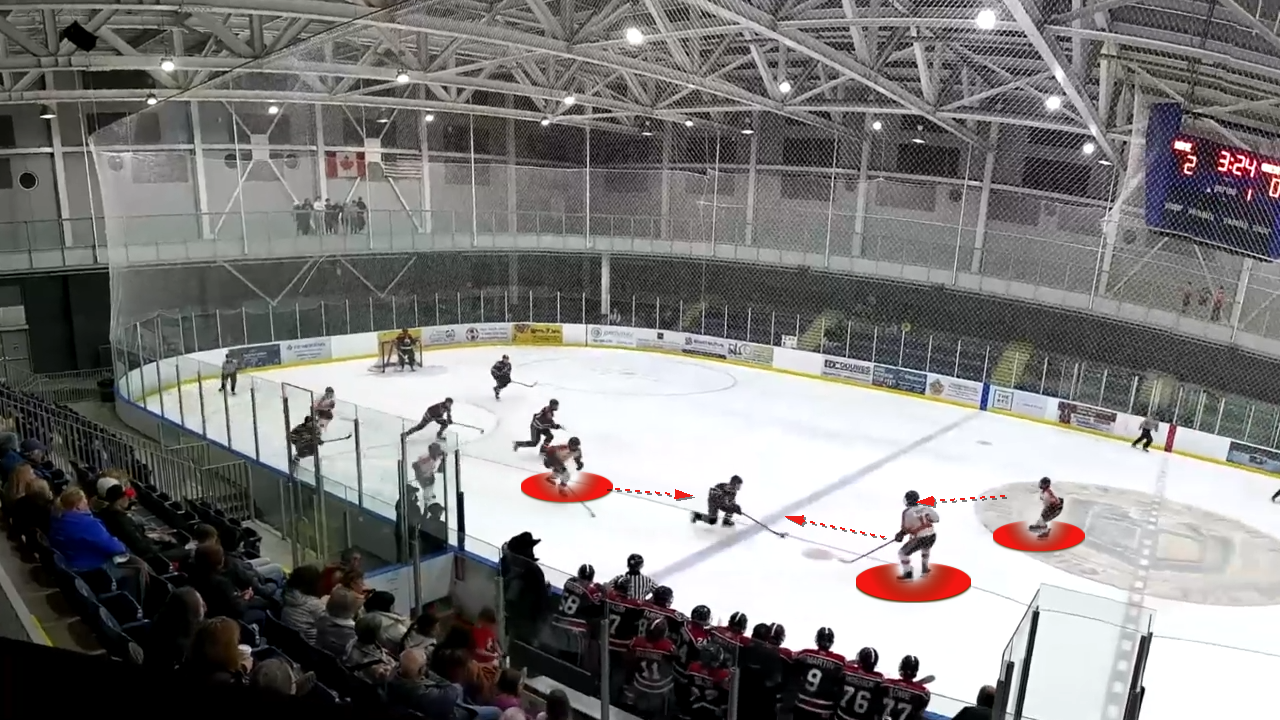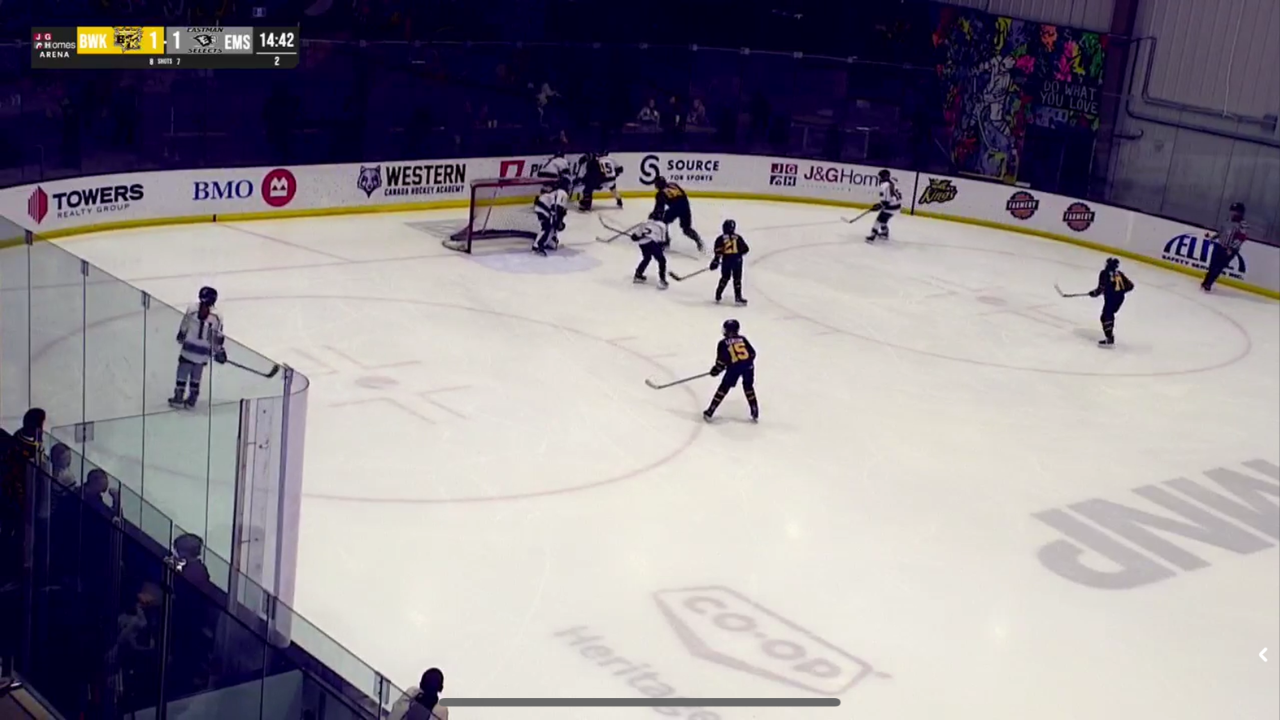
While re-watching our home opener on Facebook Live this past weekend, I was struck by how much our defense had improved through our focused practice sessions on gap control. Our U13 AA female team's defensive efforts have effectively shrunk the offensive zone to within the faceoff circles. Seeing this strategy in action was truly impressive. When I shared a screenshot with a friend, he was equally amazed at how low our defensemen were positioning themselves. The results over our first month together have been outstanding, severely limiting the opposing teams' breakout attempts. Despite the occasional risk of an odd-man rush, the advantages of this aggressive tactic have far outweighed the potential downsides.
Understanding the Concept of Shrinking the Zone
Shrinking the zone is a defensive strategy aimed at limiting the offensive team's space by positioning defenders closer to their wingers. This compresses the area in which the opposing team can maneuver, increasing defensive pressure and disrupting their flow. By staying close to the opposition, defenders can force turnovers and limit passing options, making it difficult for the offensive team to maintain possession. This tactic requires good positioning and constant awareness, as defenders must adjust quickly to maintain effective pressure without overcommitting. The objective is to regain possession and create counterattack opportunities while controlling the game's pace by reducing the opponent's room to take away the other team's speed on the rush.
Implementing Shrinking the Zone in Practice
To effectively implement shrinking the zone, start by educating your players on the importance of maintaining defensive pressure. Incorporate drills that focus on gap control, quick transitions, and angling. It's important to practice drills that simulate various offensive situations, enabling players to adapt and respond instinctively. Emphasize the importance of communication and teamwork, ensuring that each player understands how to read off each other. Trust and confidence are key and will be your biggest hurdle to overcome with youth hockey players. The defense must feel comfortable positioning themselves so close to the action, while avoiding retreating right away from the rush and trust that their teammates will be in the right position to backcheck. By regularly incorporating game-like situations into practice, players can internalize the concepts and execute them naturally during games. Check out my article on the coaches site, 3 Drills To Teach Gap Control With Your Defensemen.
Real-World Examples and Benefits
Our recent home opener served as an excellent example of the advantages of shrinking the zone. By positioning our defense low and close to the opposing wingers, we consistently disrupted their breakout attempts. This forced panic, leading to hurried decisions and passes, resulting in turnovers and creating scoring opportunities for our team. The defensive pressure we applied kept the opposing team confined to their zone, significantly limiting their ability to generate sustained offensive rushes.
The picture above occurred in the second period when our defenders, positioned inside the faceoff circles intercepted a pass intended for their winger. This quick turnover allowed us to transition into our puck-possession game in the offensive zone. Another benefit of shrinking the zone, specificity in female hockey, is that girl's shots aren't as strong as they are in male hockey. Positioning them that much closer to the net allows for better-quality point shots.
Balancing Pressure with Risk
The aggressive nature of shrinking the zone can leave a team vulnerable to counterattacks, particularly when the puck is lost. With defenders positioned low, opponents have a better chance of creating odd-man rushes. To manage this, players need to develop a keen sense of when to apply pressure and when to fall back by using consistent motion. Practice sessions should incorporate drills emphasizing quick recovery and transition defense, helping players improve their ability to cover open spaces and support each other effectively. This will enable the team to react to potential threats and minimize the risk of giving up high-quality scoring chances. Communication is also vital; players must constantly talk to ensure everyone is aware of their positioning and responsibilities. By practicing these skills, the team can maintain the aggressive defensive pressure that defines the strategy while safeguarding against its inherent risks.

